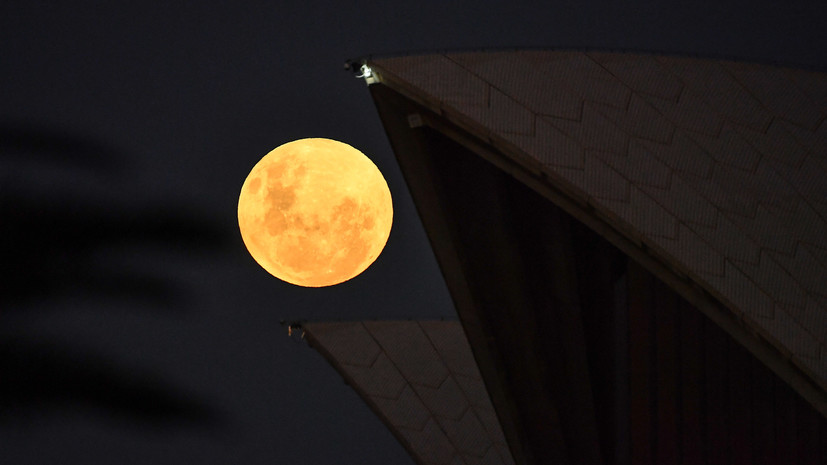The day of May 26, 2021 is marked by three events related to the Moon at once.
At 04:52 Moscow time, the Moon was at the closest point to the Earth in the near-earth orbit - perigee, and at 14:14 the full moon came.
At 12:45 the Moon entered the cone of the Earth's shadow and the lunar eclipse began, which reached its maximum phase at 14:19.
The total eclipse lasted 14 minutes and 30 seconds.
“The total eclipse of the Moon ... is remarkable in that it coincides with the so-called“ supermoon ”- the time the Moon passes the perigee of its orbit around the Earth.
At this moment, the Moon is closest to the Earth, which means that its apparent size is maximal, ”explained an astrophysicist at Moscow University, a researcher in the Department of the Moon and Planets of the State Astronomical Institute named after V.I.
PC.
Sternberg (GAISH) Moscow State University Ekaterina Feoktistova.
According to the Moscow Planetarium, no lunar eclipse was observed at the latitude of the capital region.
Astronomers explained that the phenomenon could be seen by residents of the Khabarovsk and Primorsky regions, residents of the Kamchatka and Chukotka peninsulas, as well as the adjacent territories.
So, in Petropavlovsk-Kamchatsky, the total phase of the lunar eclipse took place at 23:19 local time, and further to the west, only decreasing partial phases of the eclipse were observed.
The full phase of the eclipse was observed by residents of the Pacific region: in China, Japan, Australia, on the west coast of the United States and South America, said the Moscow State University.
Astronomers also note that during an eclipse, the upper parts of the shadow are painted in bluish colors.
If the sky is clear, the supermoon can be seen all over the world - at this time the disk of the moon turns crimson red.
The coincidence of a supermoon with a total lunar eclipse is rare - the last time the inhabitants of Russia could observe it 12 years ago.

